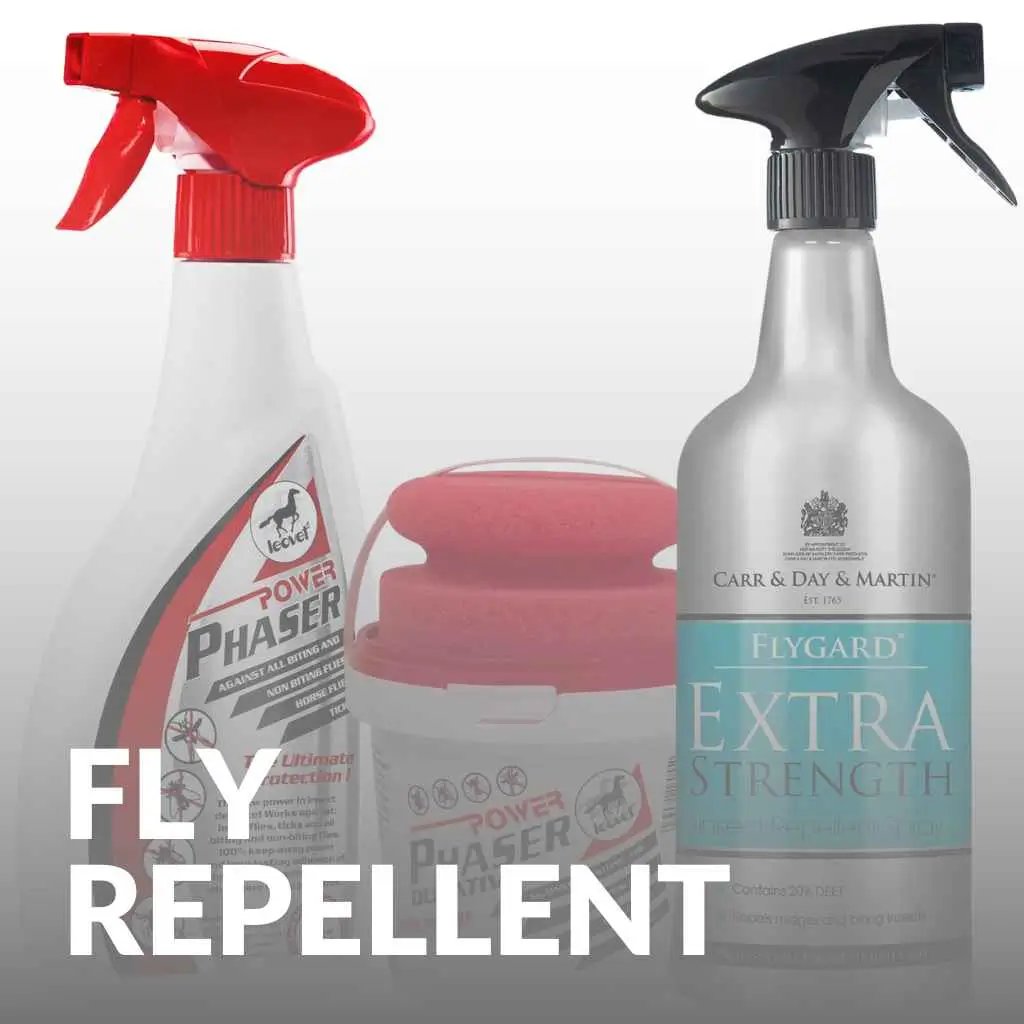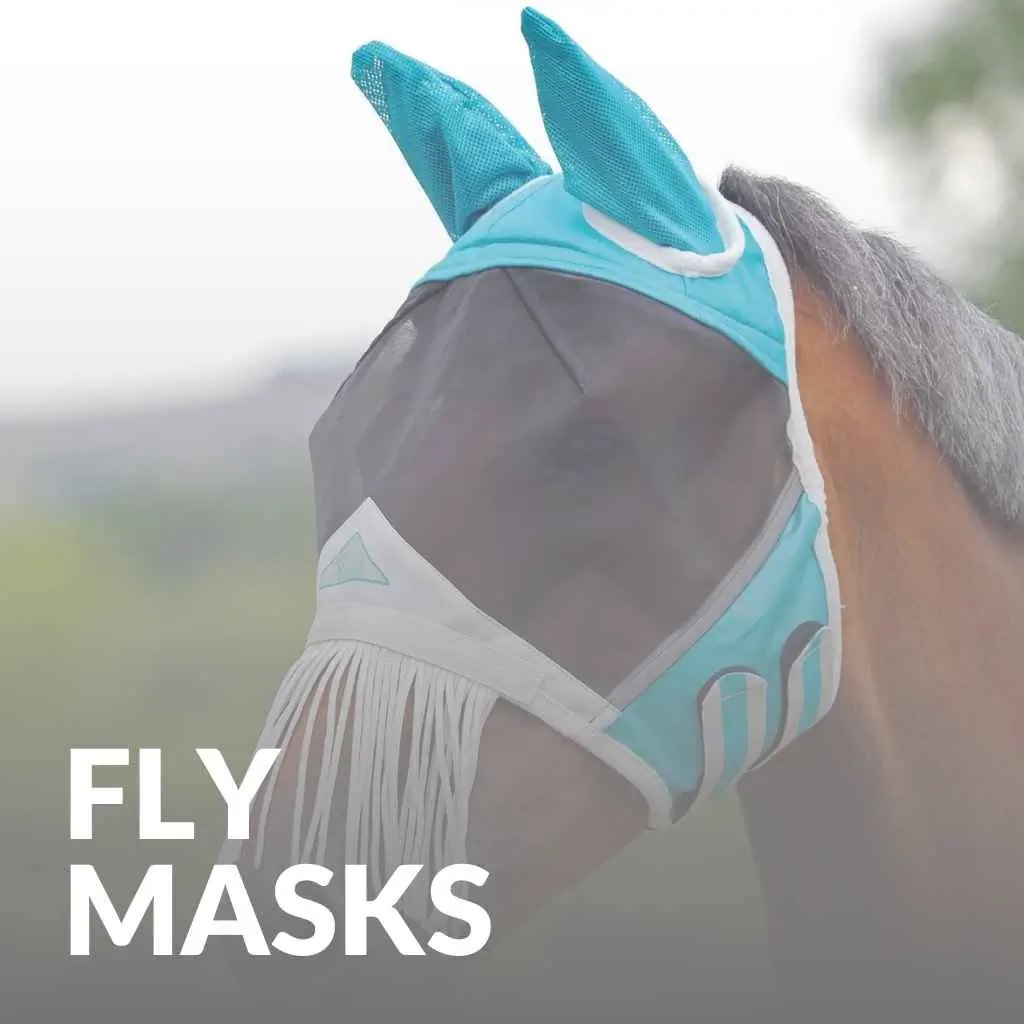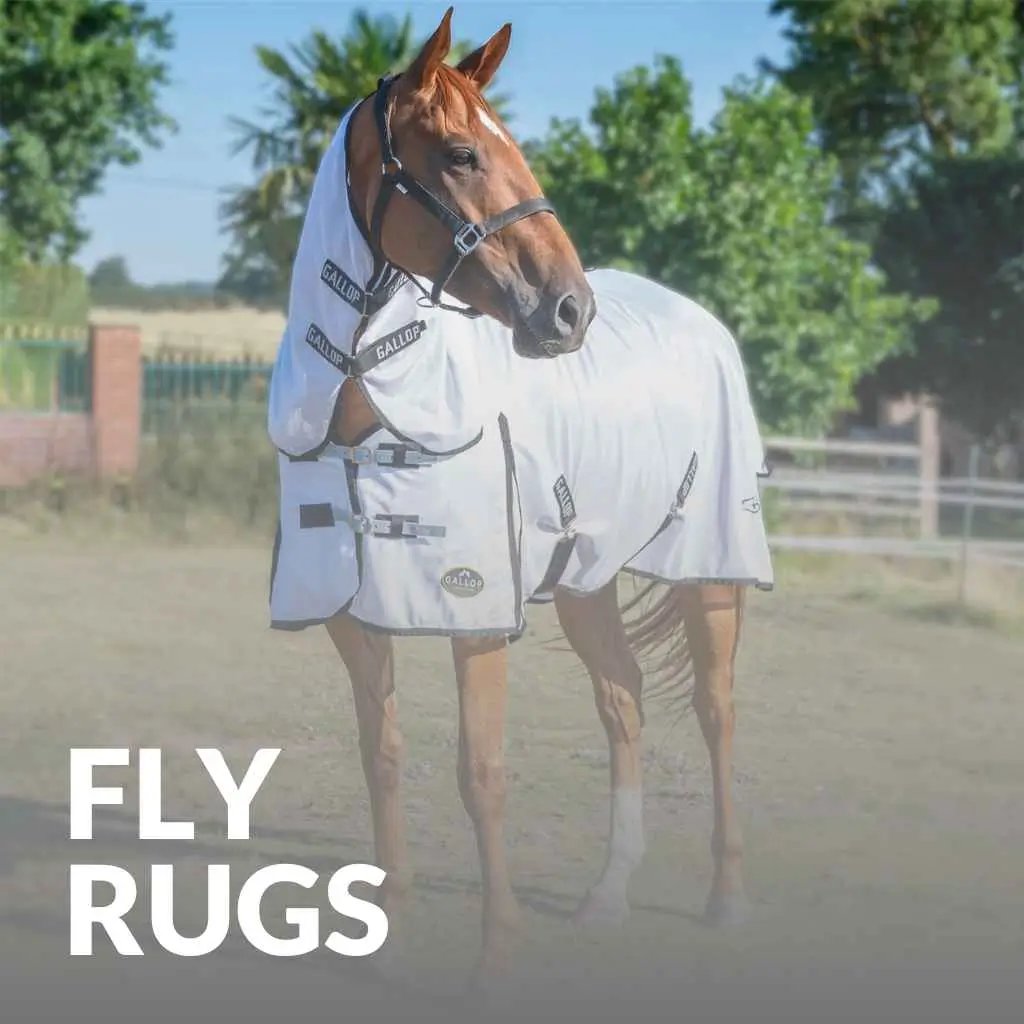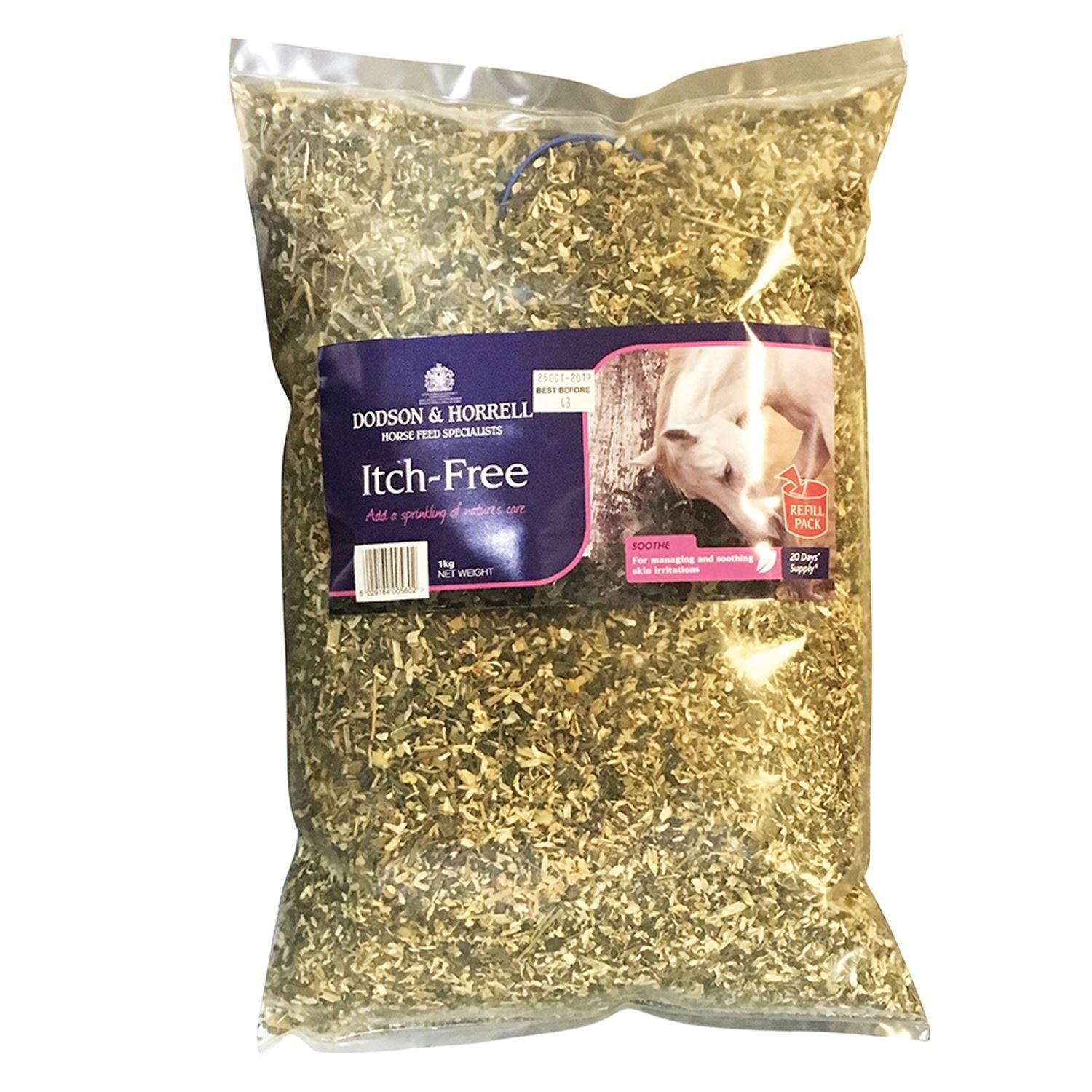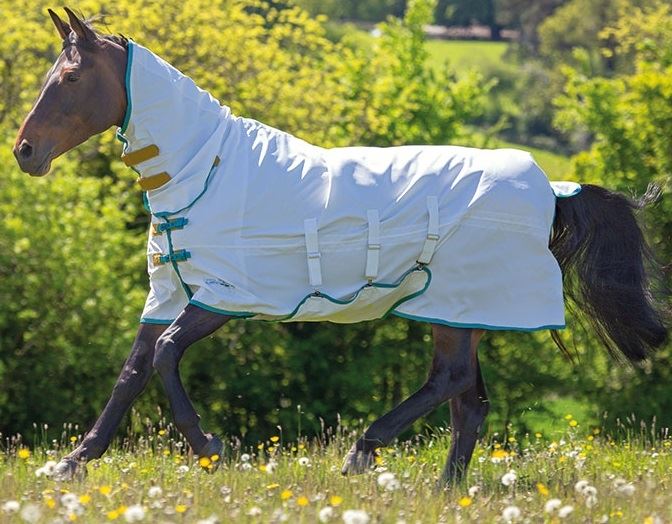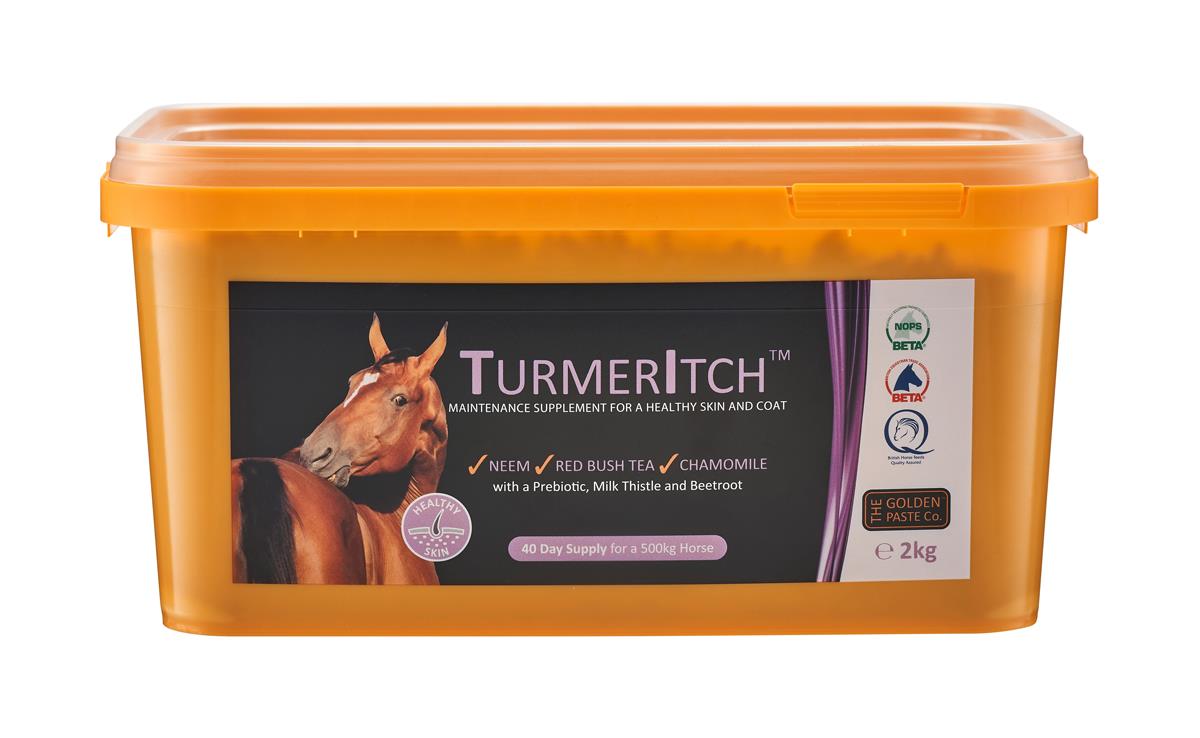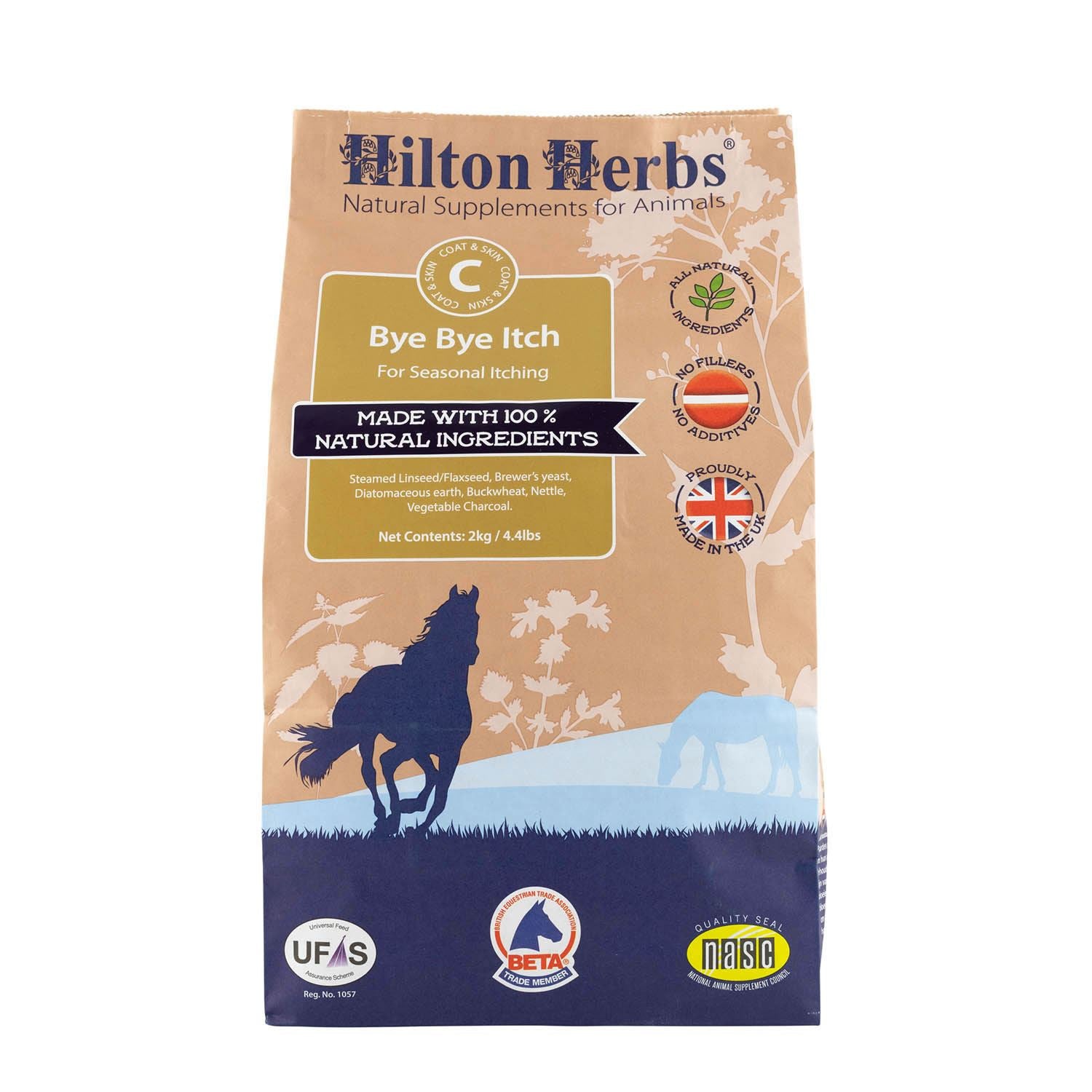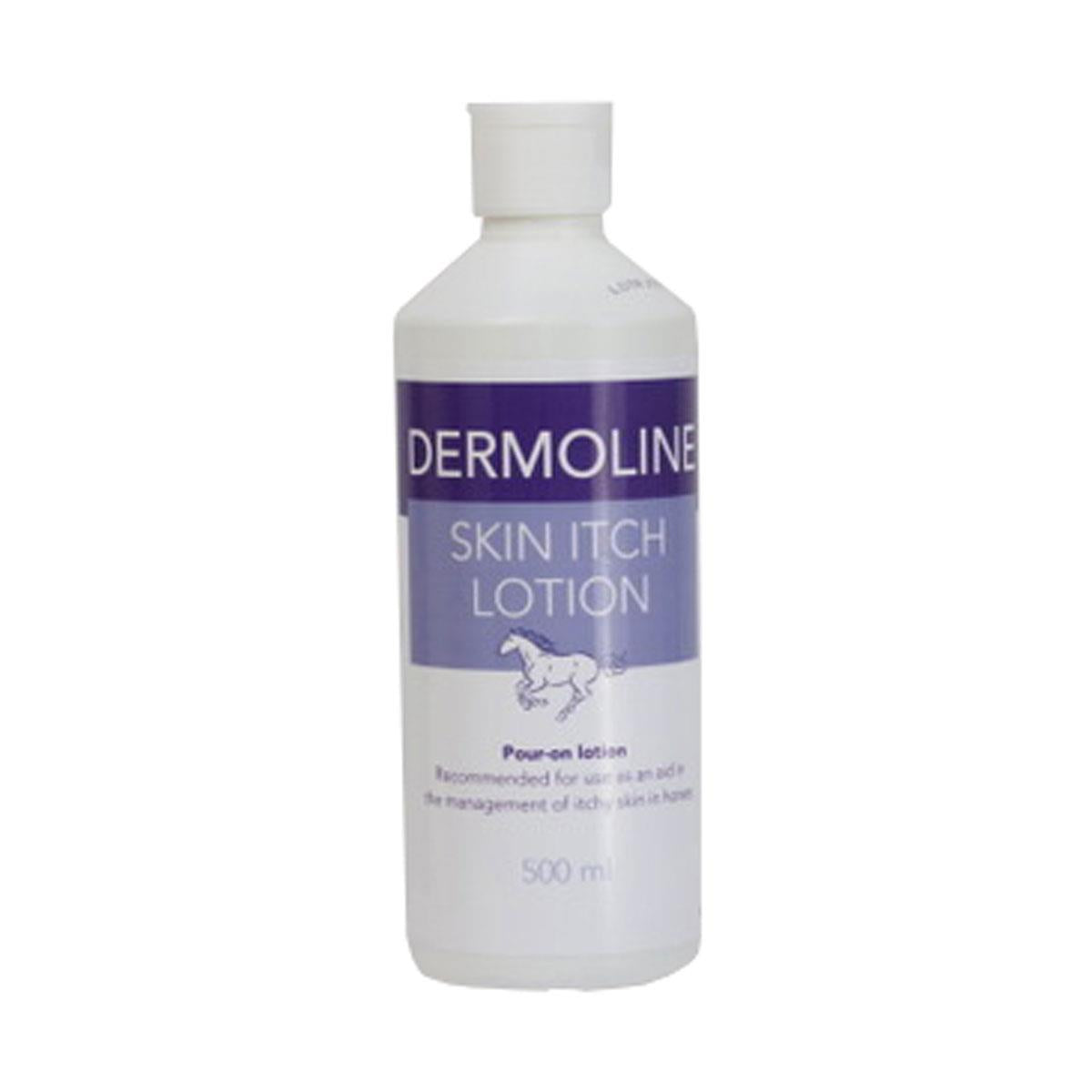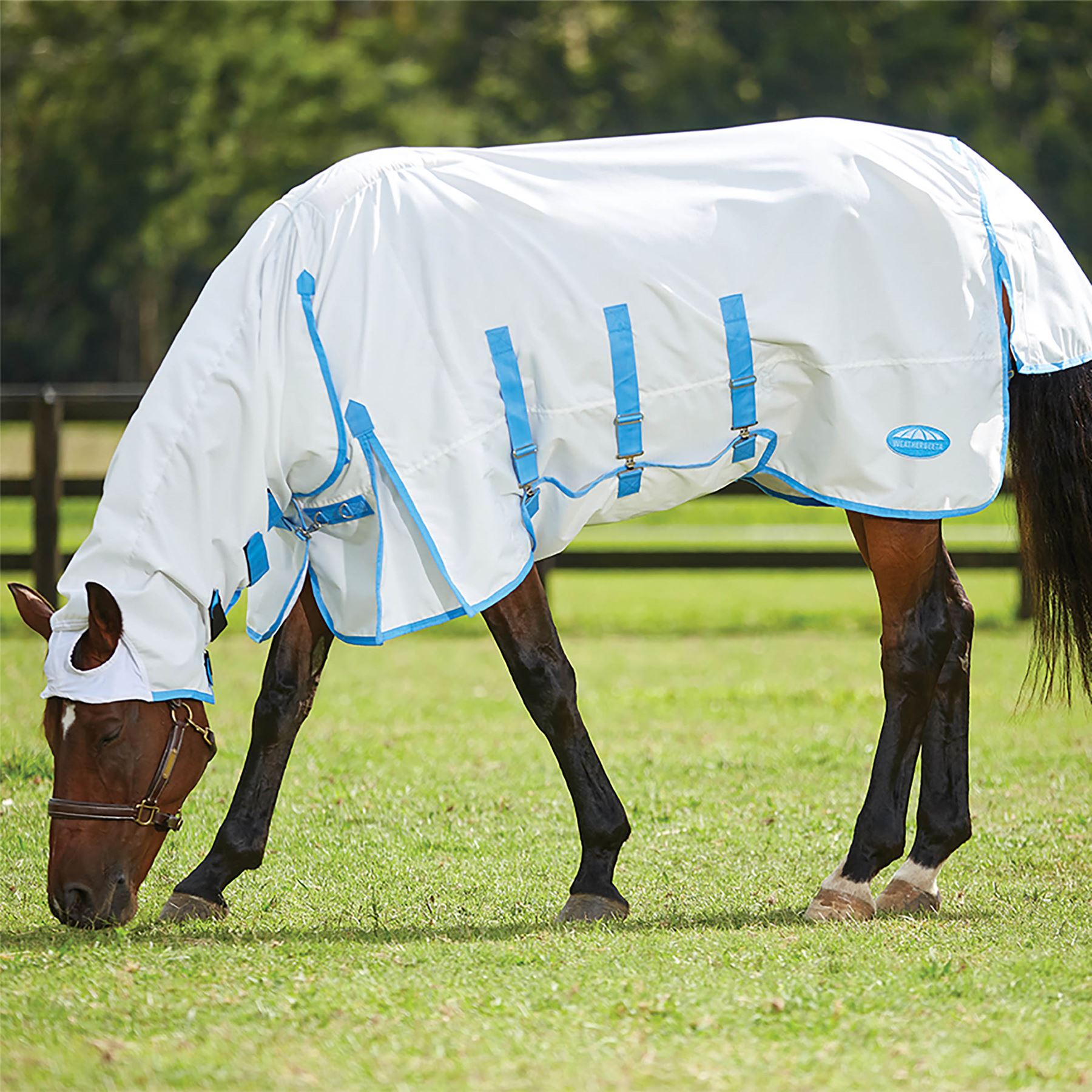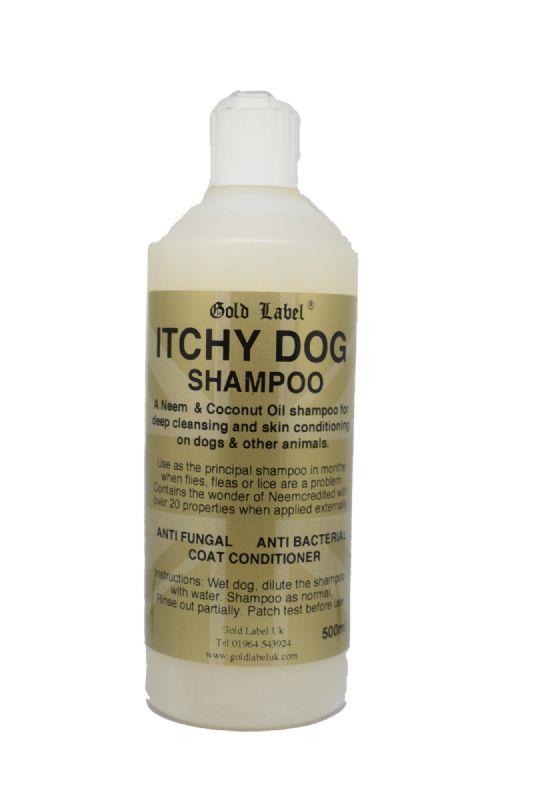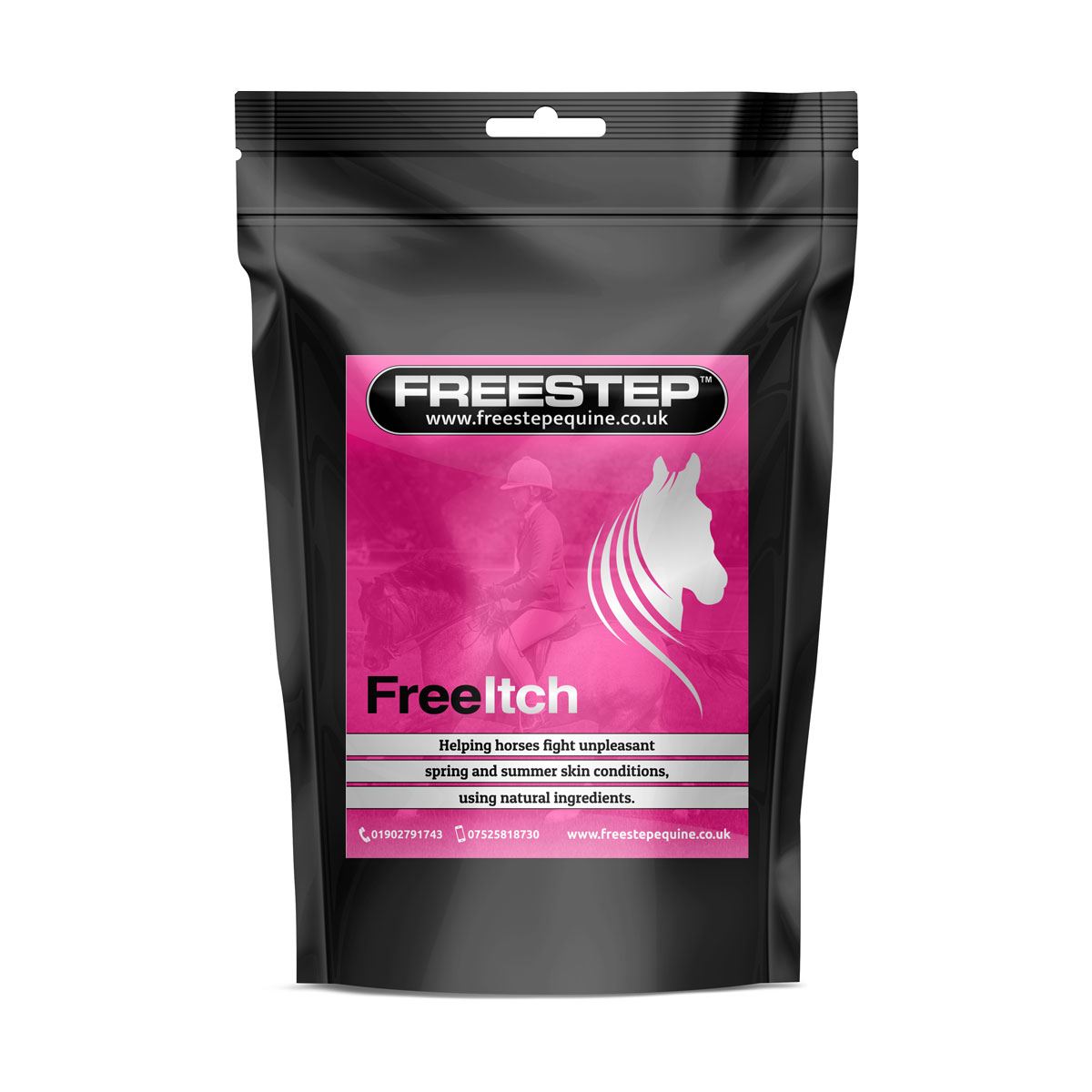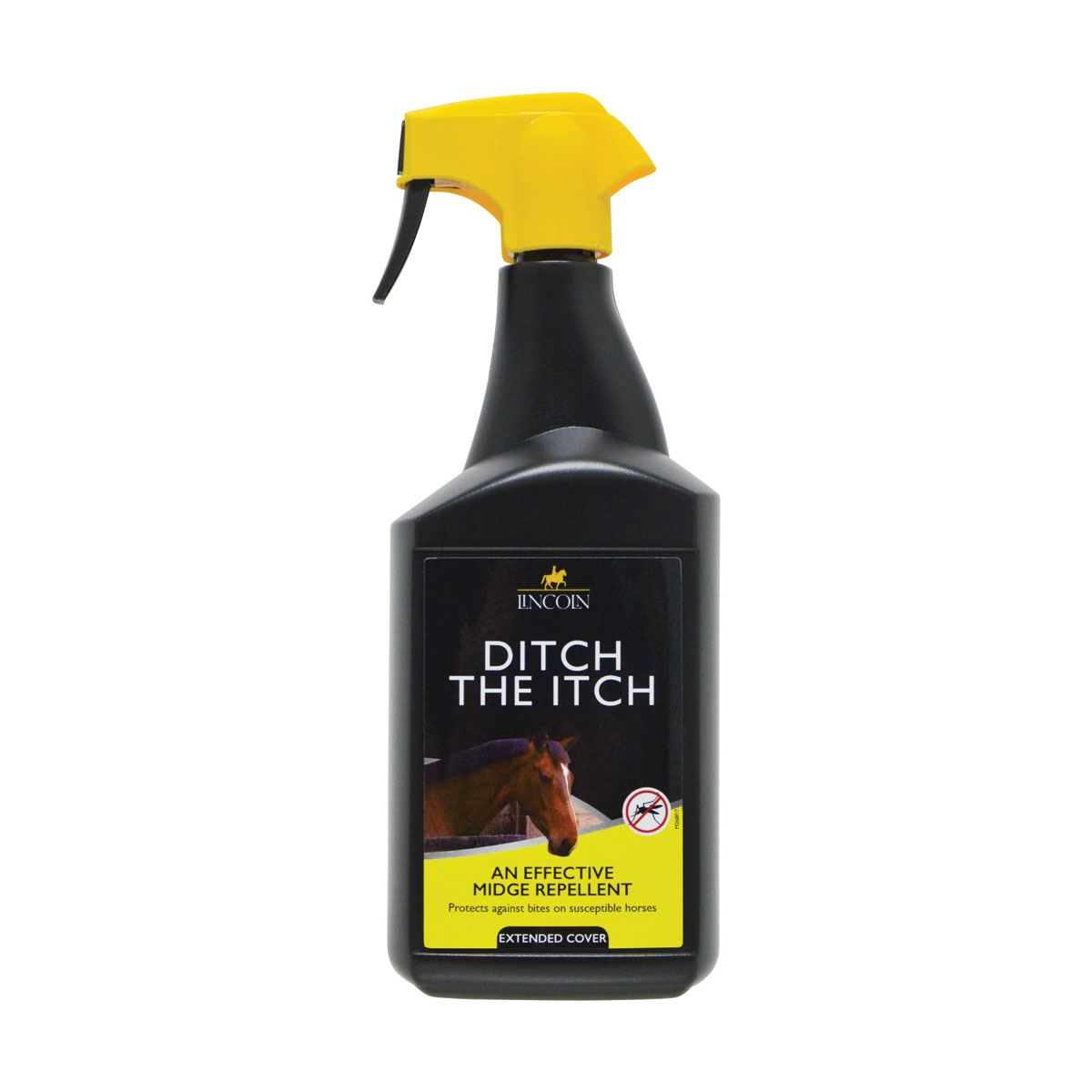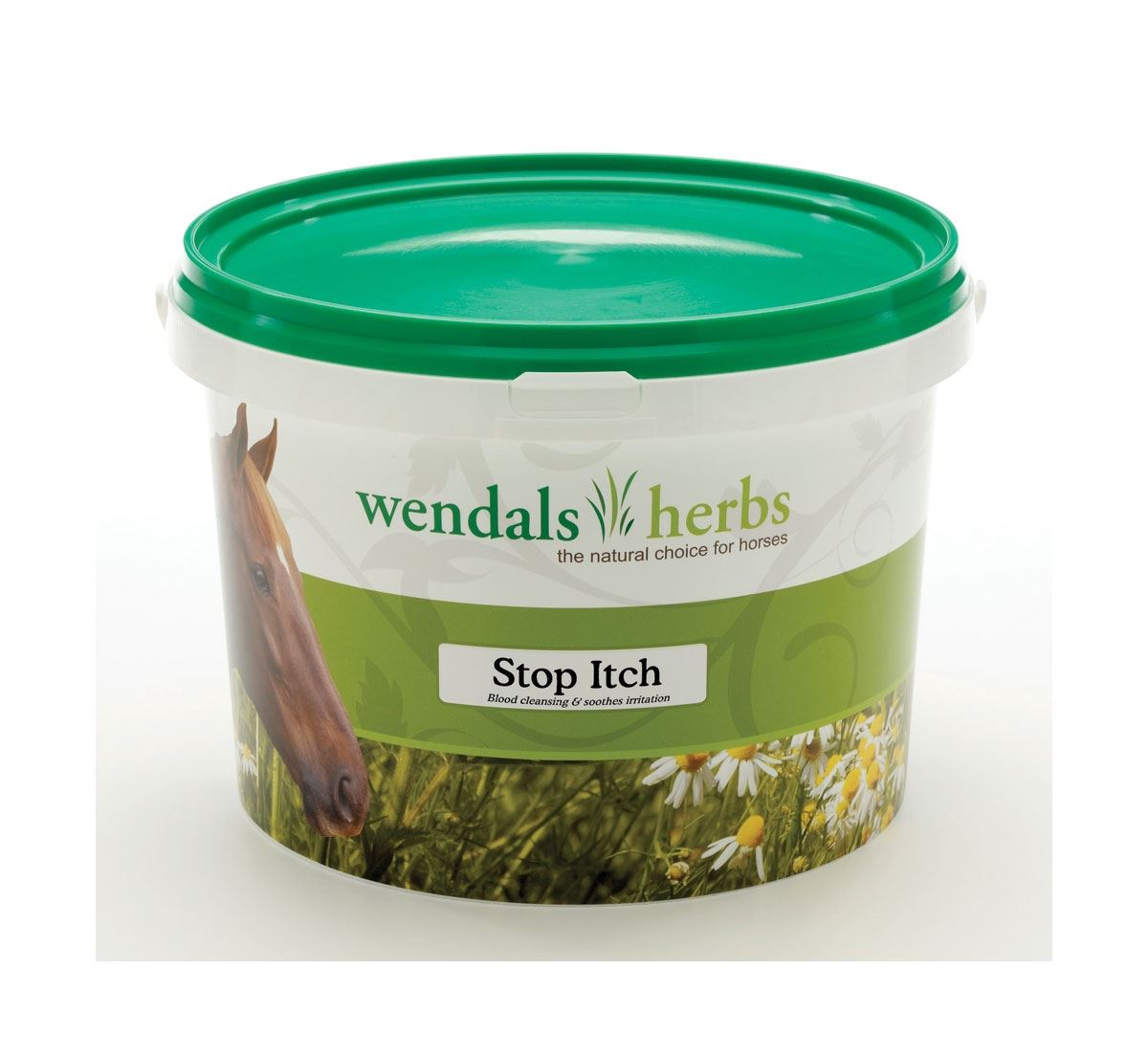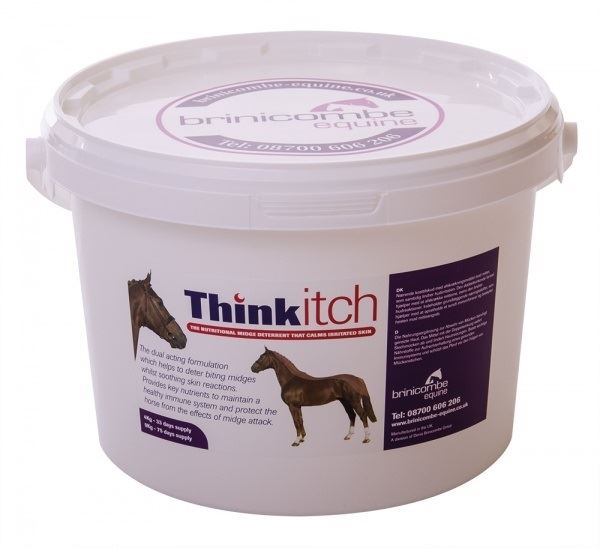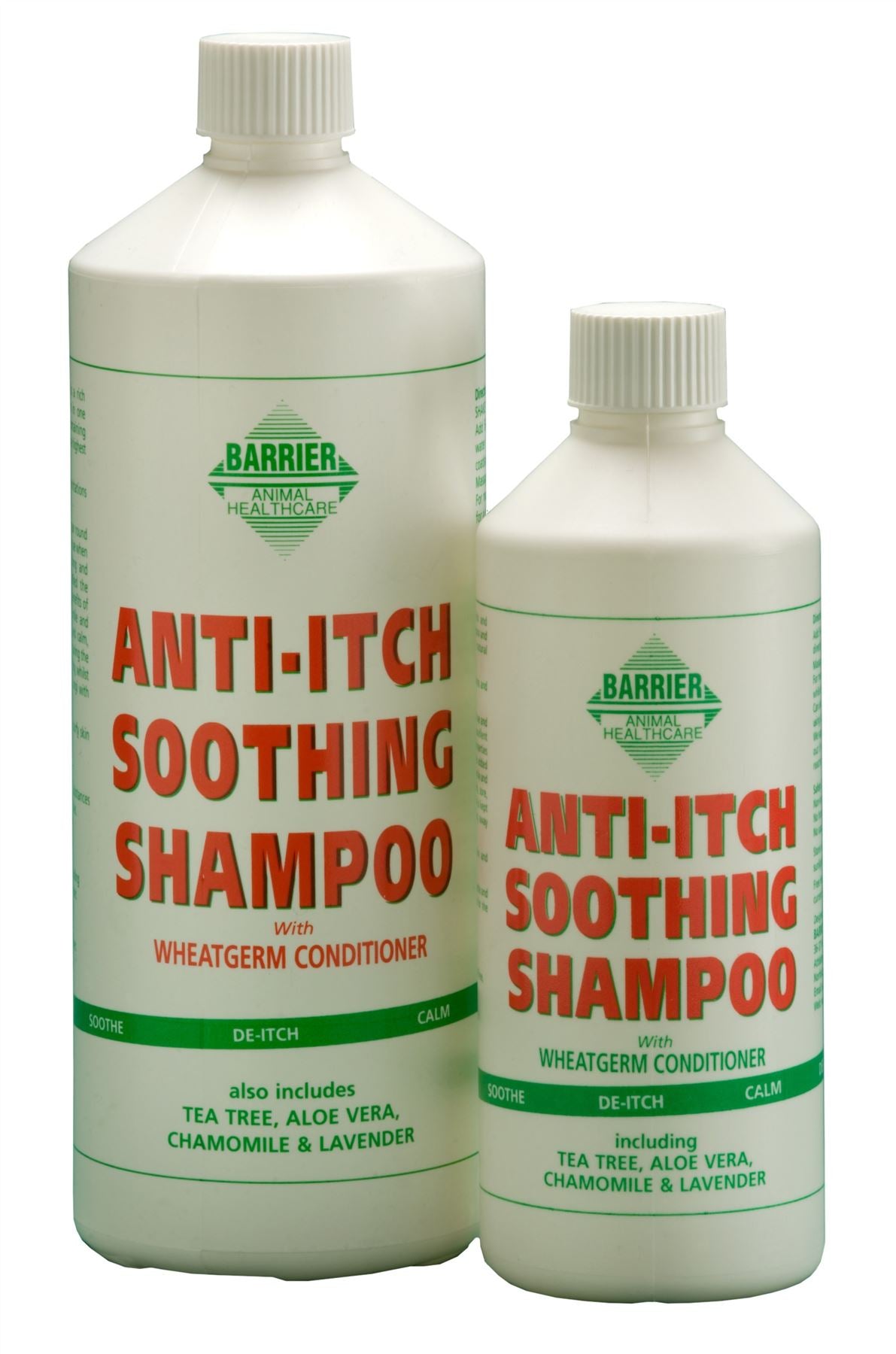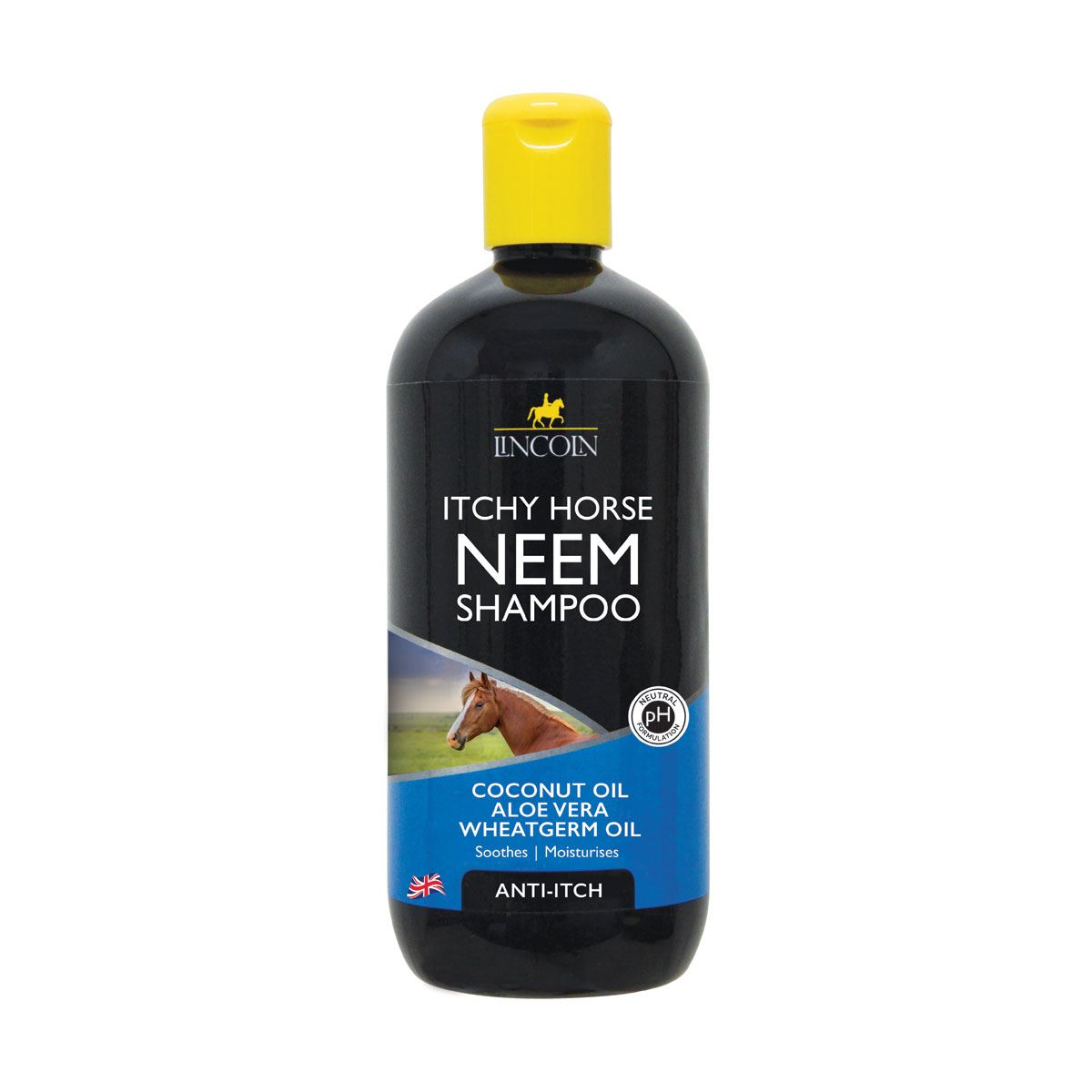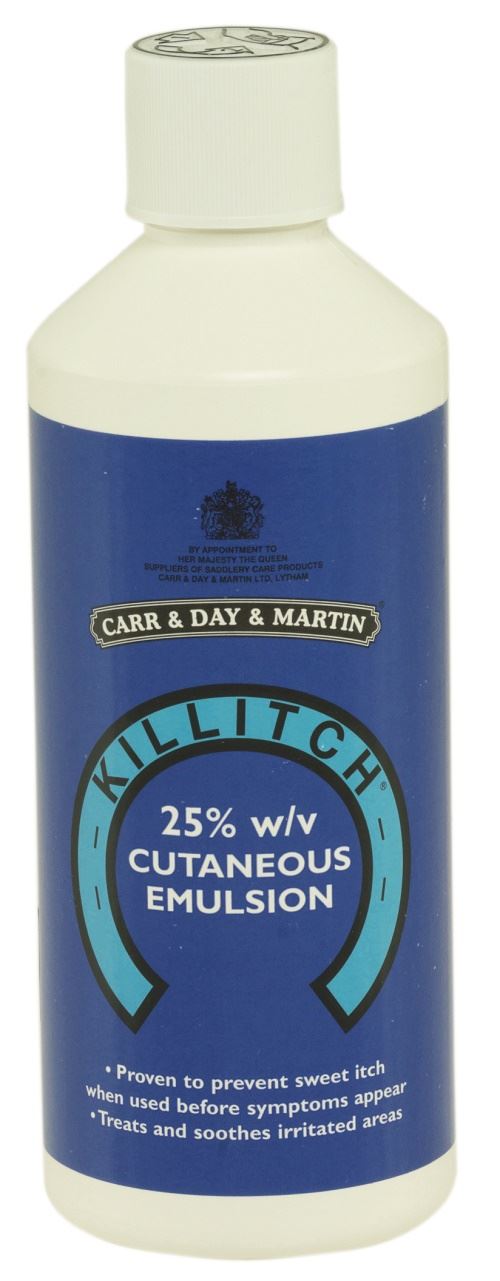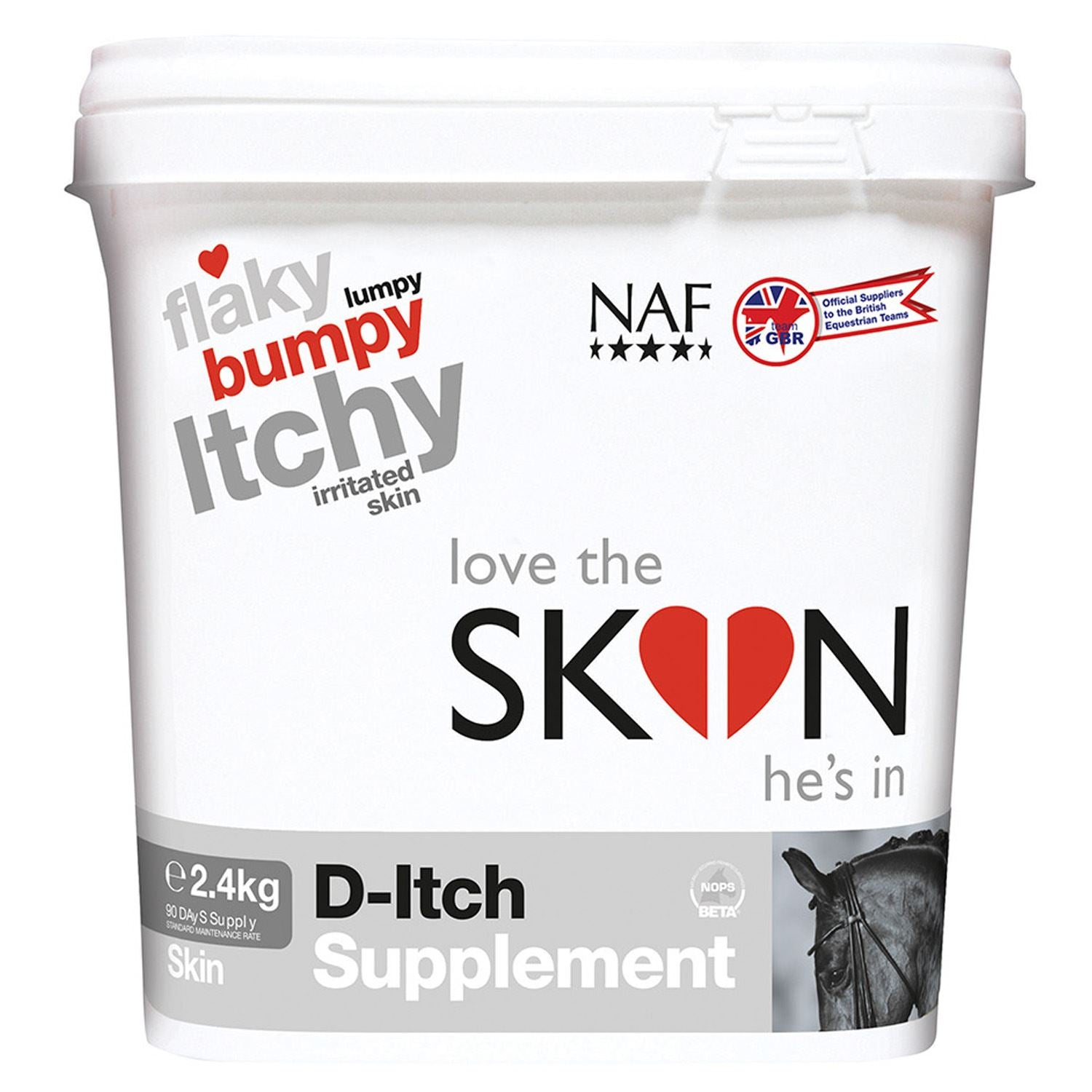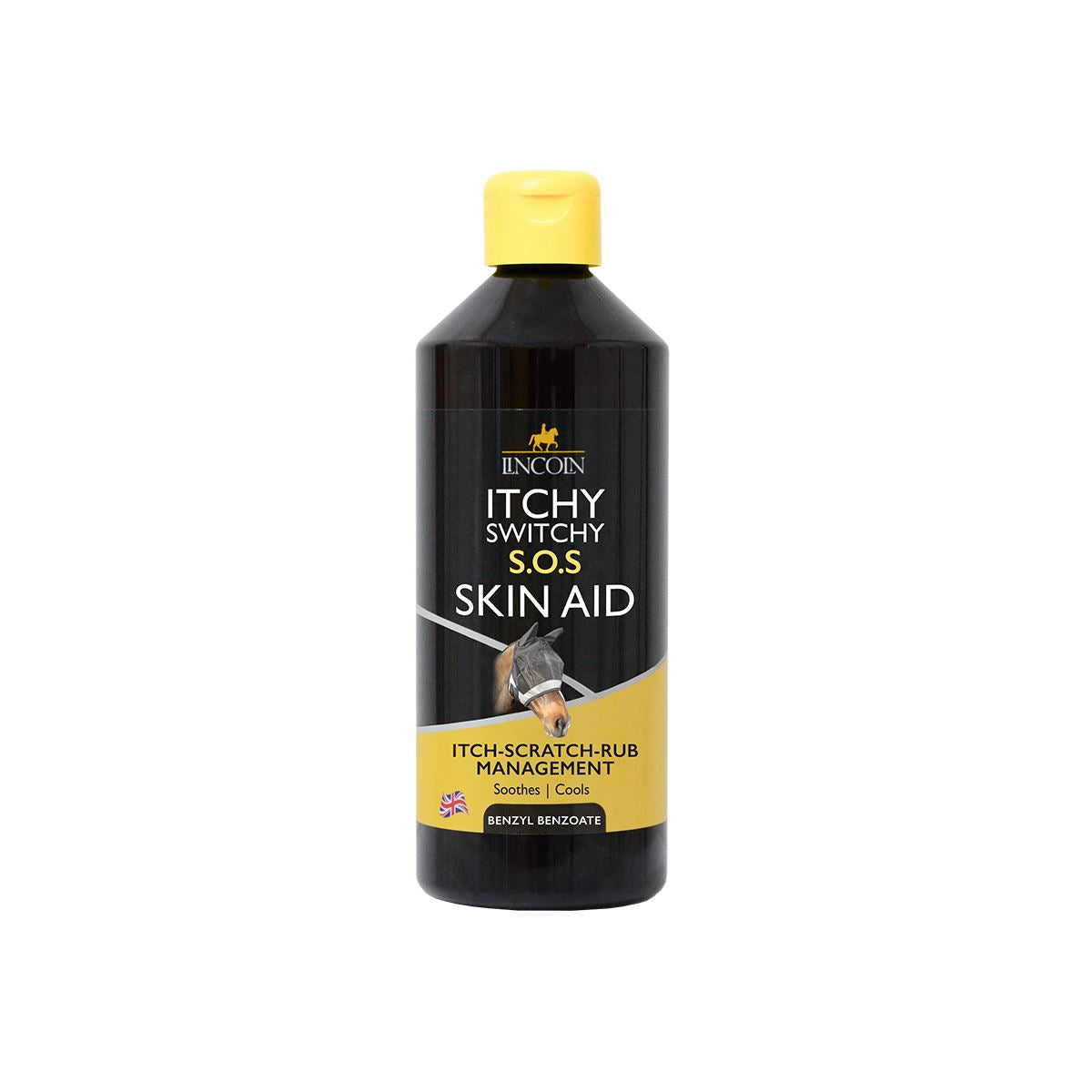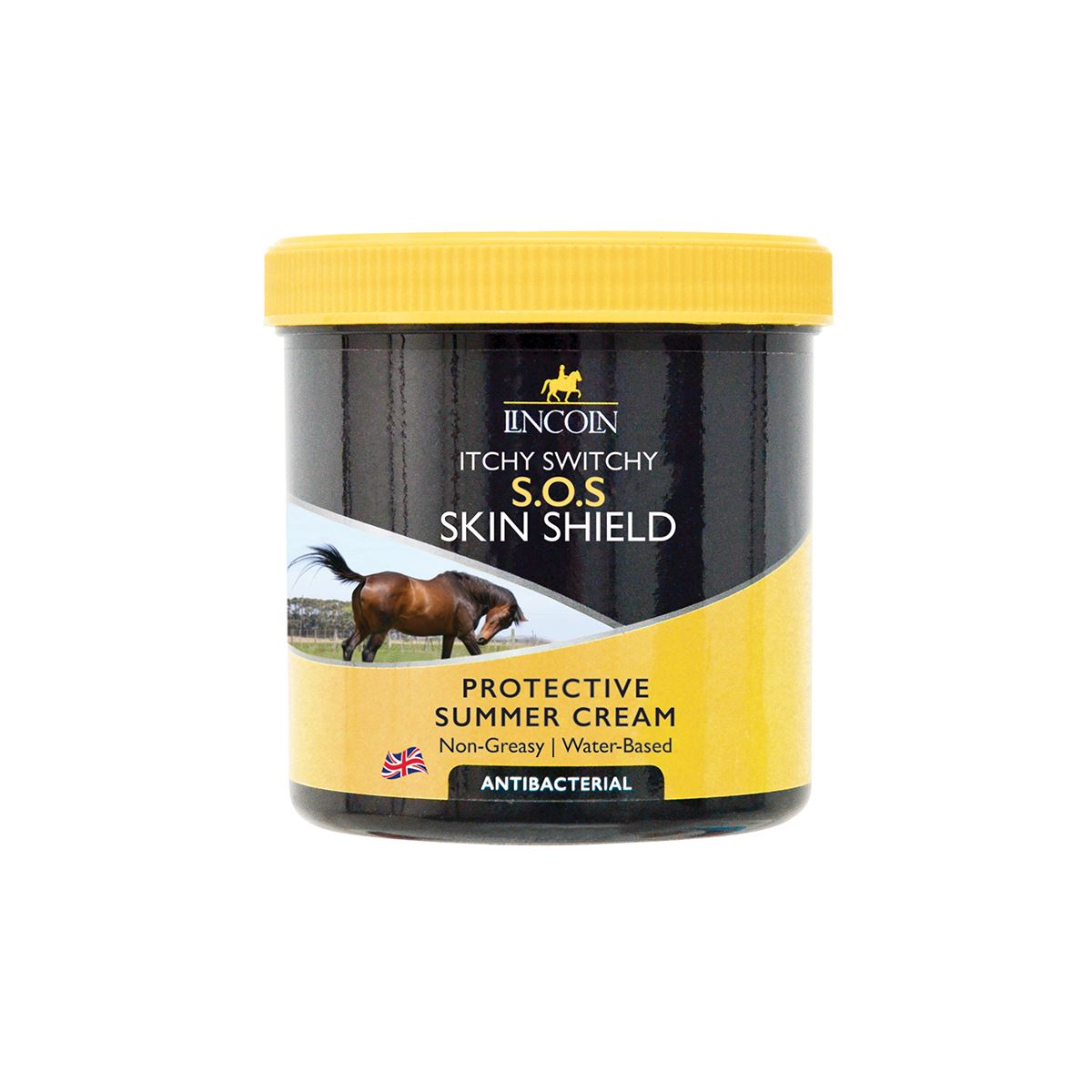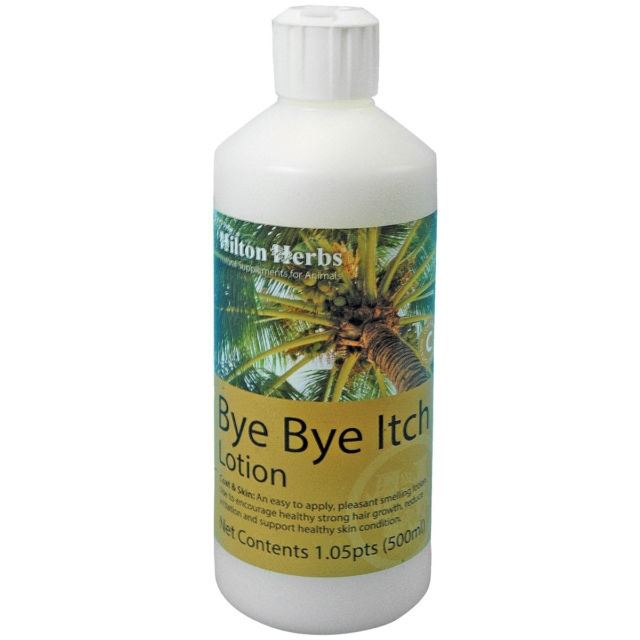Fight Sweet Itch in Horses - Shop Effective Solutions Now
| Category | Key Points |
|---|---|
| Causes | Allergic reaction to Culicoides midges' saliva. Seasonal and breed-specific predispositions. |
| Symptoms | Intense itching, loss of mane/tail hair, skin damage, sore/open skin. |
| Treatment Options | Insect control (repellents, fly rugs), Environmental management, Medicated treatments (corticosteroids, antihistamines). |
| Prevention Strategies | Early treatment before season, High-quality fly rugs and repellents, Supplements and skincare, Avoidance of midge breeding areas. |
Sweet Itch in Horses: Understanding and Managing This Common Equine Allergy
Welcome to the itchy, scratchy world of sweet itch in horses. If you thought your mosquito bites were annoying, imagine having a coat and not being able to reach that oh-so-satisfying scratch. That's what our equine friends face. But fear not! We're here to dive deep into understanding and managing this irksome condition, making both you and your horse a lot happier.
What's Bugging Your Horse? The Causes of Sweet Itch
Sweet itch, or as the scientists call it, Culicoides Hypersensitivity, is more than just an itch. It's a full-blown allergic reaction to the saliva of biting midges. And yes, you guessed it, these tiny villains are everywhere during the warmer months. It's like a horror movie for horses, but instead of zombies, it's Culicoides midges.
Interestingly, not all horses are created equal when it comes to sweet itch. Breeds like Icelandic ponies, Shetland ponies, and Arabians might have won the genetic lottery in many ways, but they hit the jackpot for sweet itch susceptibility. Talk about unlucky genes!
The Itch That Keeps on Giving: Symptoms
Imagine feeling an itch that you can never scratch away. That's the daily reality for horses suffering from sweet itch. They go to great lengths to soothe the itchiness, rubbing against posts, biting their skin, or doing the equine version of the funky chicken dance. The result? Loss of mane and tail hair, skin damage, and a not-so-happy horse.
Symptoms are especially fiery in hot, humid weather, around dawn and dusk – prime time for the midge reality show. The signs to watch for include:
- Intense scratching and rubbing - If your horse seems to be auditioning for a spot in a breakdance battle, sweet itch might be the culprit.
- Bald patches - Not the latest equine fashion trend, unfortunately.
- Sore, open skin - Making them more vulnerable to infections and adding to their discomfort.
But it's not all doom and gloom. Like a knight in shining armor, Just Horse Riders comes to the rescue with products designed to protect your horse from these pesky insects. Speaking of protection, have you checked out the  SHIRES HIGHLANDER PLUS SWEET-ITCH COMBO? This highly breathable, lightweight 600 denier ripstop polyester fabric gear is like the superhero outfit your horse needs to fend off the villainous midges.
SHIRES HIGHLANDER PLUS SWEET-ITCH COMBO? This highly breathable, lightweight 600 denier ripstop polyester fabric gear is like the superhero outfit your horse needs to fend off the villainous midges.
Turning the Tables on Sweet Itch: Effective Treatment Options
No magic wand can make sweet itch vanish (if only!), but don't lose hope. With the right strategy, you can turn your horse's summer from a scratch fest into a chill fest. Let's explore how:
The First Line of Defense: Insect Control
Since our main antagonists are those pesky midges, it makes sense to keep them at bay. Think of it as setting up an invisible shield around your horse. Regular application of insect repellents and decking out your horse in a stylish yet functional fly rug can make a world of difference. Products containing DEET are like the VIP bouncers at the club, keeping those unwelcome guests away.
And for the ultimate in protection, the 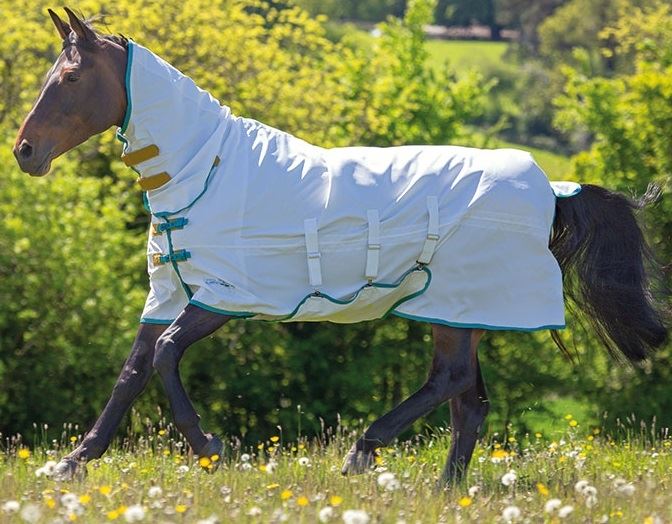 SHIRES TEMPEST PLUS SWEET-ITCH COMBO RUG is like equipping your horse with its personal force field. This rug not only shields them from biting insects but also offers 90% UV protection, because sunburn is the last thing you want to deal with on top of sweet itch.
SHIRES TEMPEST PLUS SWEET-ITCH COMBO RUG is like equipping your horse with its personal force field. This rug not only shields them from biting insects but also offers 90% UV protection, because sunburn is the last thing you want to deal with on top of sweet itch.
Strategic Environmental Management
Midges are like that one friend who can't handle breezy, open spaces. Utilizing this weakness by moving horses to windswept fields can significantly reduce the midge population's impact. Think of it as tactical relocation. Additionally, consider stabling your horse during peak midge hours (dawn and dusk) and employing insect-proof mesh on stable windows and doors for an extra layer of defense.
When All Else Fails: Medicated Treatments
Sometimes, despite our best efforts, sweet itch finds a way. When it does, medicated treatments can help soothe your horse's skin and reduce inflammation. Topical treatments, including corticosteroids and antihistamines, are like the cavalry coming over the hill. But remember, with great power comes great responsibility—consult with a vet to ensure you're using these treatments safely.
Prevention: The Best Form of Defense
As the old saying goes, "An ounce of prevention is worth a pound of cure." In the battle against sweet itch, this couldn't be truer.
Choosing the Right Armor: Fly Rugs and Repellents
Investing in a high-quality fly rug is like choosing the best armor for your knight in shining... fur. It's not just about looking good; it's about offering the best protection. And when it comes to repellents, don't skimp on the good stuff. Think of fly repellents as your horse's personal bodyguard, warding off unwanted attention from those irritating insects.
But why stop there? Enhance your horse's defense system with the 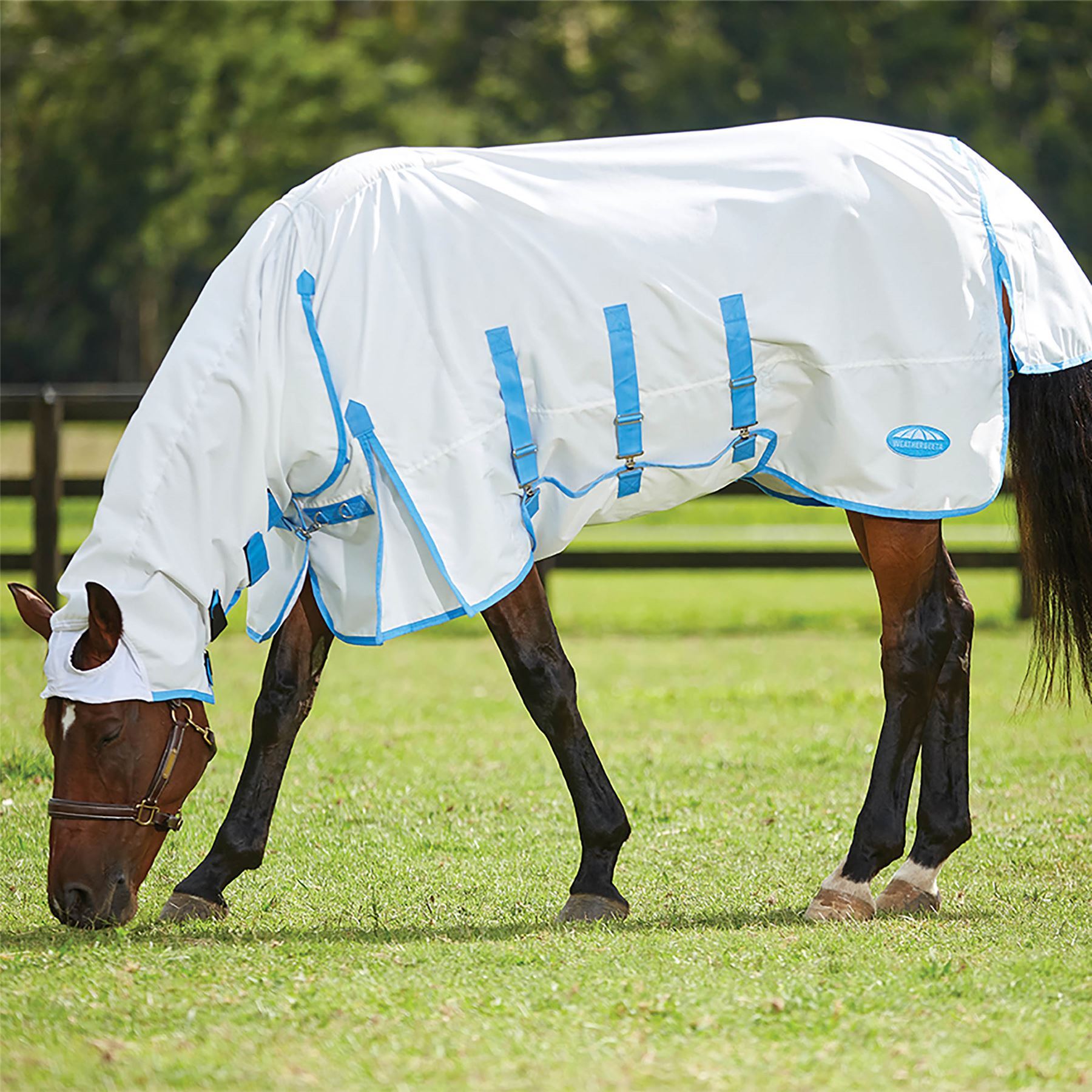 WEATHERBEETA COMFITEC SWEET ITCH SHIELD COMBO NECK, offering head to tail protection. This combo neck design ensures that every part of your horse that could potentially itch has a barrier against those midge menaces.
WEATHERBEETA COMFITEC SWEET ITCH SHIELD COMBO NECK, offering head to tail protection. This combo neck design ensures that every part of your horse that could potentially itch has a barrier against those midge menaces.
Location, Location, Location
Avoiding areas where midges breed, like stagnant water or heavily wooded areas, is like avoiding the neighborhood where you know you'll run into trouble. Opt for naturally windswept locations for grazing to give your horse a break from the biting brigade.
Remember, managing sweet itch is about combining these strategies to create a comprehensive defense system for your horse. It's about being proactive rather than reactive. With the right preparation, you can ensure your horse enjoys a more comfortable, itch-free existence.
Early Bird Gets the Worm: Starting Treatment Before the Season Starts
When it comes to sweet itch, being an early bird can make all the difference. Starting treatment before the season kicks off is like training for a marathon well in advance—you're setting yourself up for success. This proactive approach can significantly reduce the severity of symptoms and make management throughout the season much easier.
Products like 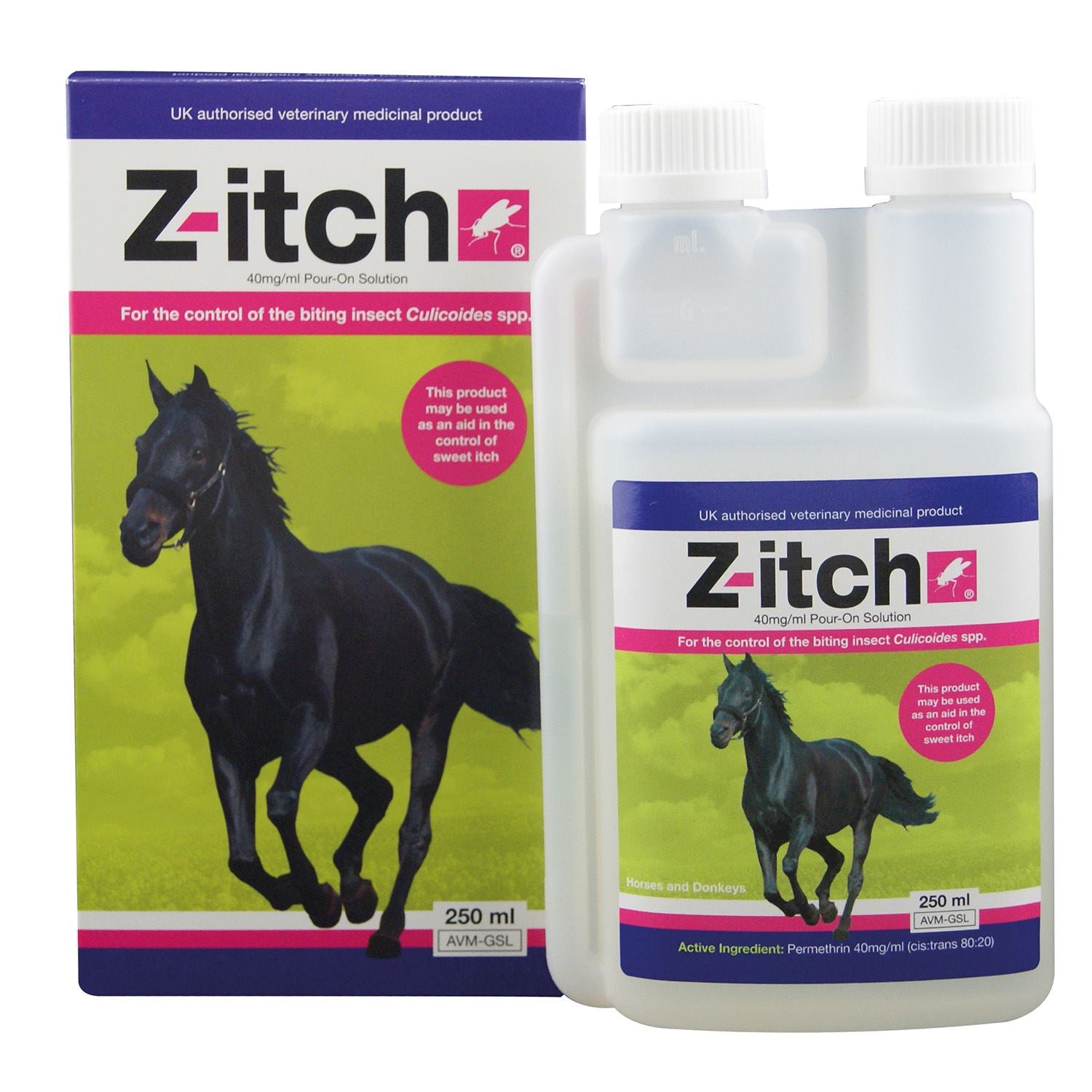 Z-Itch, a pour-on solution designed to keep biting insects at bay, can be a game-changer. Starting with treatments like these can be like putting on your armor before heading into battle, giving your horse the protection they need right from the get-go.
Z-Itch, a pour-on solution designed to keep biting insects at bay, can be a game-changer. Starting with treatments like these can be like putting on your armor before heading into battle, giving your horse the protection they need right from the get-go.
Don’t Forget the Little Guys: Supplements and Skincare
Beyond the big guns of rugs and repellents, don't underestimate the power of supplements and skincare products in your arsenal against sweet itch. These can help strengthen your horse's skin barrier and immune response, making them less attractive to biting insects and more resilient if they do get bitten. It’s like giving your horse a shield and a sword instead of just armor.
One such ally in the fight against sweet itch is 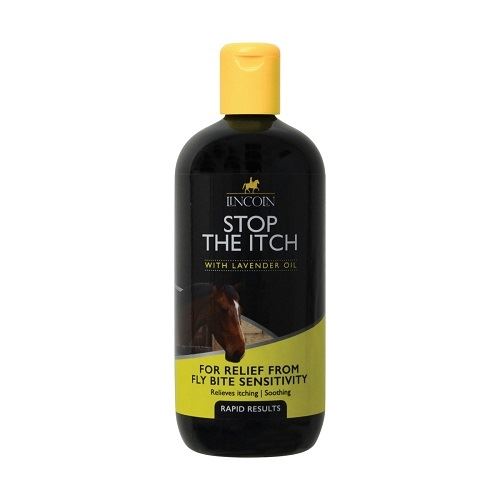 Lincoln Stop The Itch. This lotion is like the secret weapon you wish you had discovered earlier. It provides soothing relief and is an excellent addition to your preventative strategies.
Lincoln Stop The Itch. This lotion is like the secret weapon you wish you had discovered earlier. It provides soothing relief and is an excellent addition to your preventative strategies.
Conclusion: Sweet Itch Doesn't Have to Be a Nightmare
While sweet itch can be a significant nuisance for both horses and their owners, it doesn't have to be the end of the world—or the end of your summer fun. With the right knowledge, strategies, and products, you can protect your horse and ensure they have a comfortable, itch-free season.
Remember, the key to success is a combination of vigilance, early intervention, and using a comprehensive approach to prevention and treatment. And, of course, a little humor goes a long way in dealing with the challenges sweet itch brings.
For more information on sweet itch and other equine health concerns, don’t hesitate to visit reputable sources like Bell Equine Veterinary Clinic and World Horse Welfare. Armed with the right knowledge and resources, there's no reason why this condition should dampen your spirits or your horse's summer.
So, gear up, stay prepared, and let's make this sweet itch season a breeze for your four-legged friend. After all, they depend on us to keep them happy, healthy, and, most importantly, itch-free. Here's to a scratch-less summer!
How do you get rid of sweet itchy horses?
Eliminating sweet itch entirely can be challenging, but you can significantly reduce symptoms through insect control measures (like using repellents and fly rugs), environmental management (moving horses to breezy, less insect-populated areas), and medicated treatments (consulting with a vet for the best options). Starting preventive measures early in the season is key.
What are the symptoms of sweet itch in horses?
Symptoms include intense itching, leading horses to rub against surfaces, resulting in loss of mane and tail hair, bald patches, sore and open skin, and potentially secondary skin infections.
What is the best feed for sweet itch?
The best feed for horses with sweet itch is one that supports a healthy skin and immune system. Feeds rich in Omega-3 fatty acids, such as flaxseed or fish oil, can be beneficial. Avoiding feeds high in sugar and starch can also help manage the condition.
What does sweat itch look like on horses?
Sweet itch appears as areas of skin irritation and damage, especially around the mane, tail, and withers. You may see rubbed areas, hair loss, red skin, and in severe cases, open sores or crusting.

